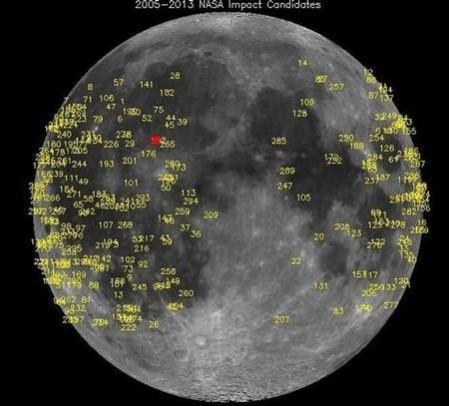
On 17 March, scientists at NASA recorded the brightest explosion ever in the lunar surface till date.
The impact of the explosion on the moon created a huge crater of about 65 feet wide (20 metres) and would have been visible to the naked eye at the time of the event without any telescope.
"On March 17, 2013, an object about the size of a small boulder hit the lunar surface in Mare Imbrium. It exploded in a flash nearly 10 times as bright as anything we've ever seen before," stated Bill Cooke from NASA's Meteoroid Environment Office.
The event was recorded live but was noticed only when Ron Suggs, analyst at NASA's Marshall Space Flight Center saw the video.
Snuggs revealed, "It jumped right out at me, it was so bright."

Scientists had observed several meteors on camera around the earth and moon orbit on Friday night and one of which hit the moon's surface.
The impact of the explosion is said to have been as powerful as 5 tons of TNT.
Researchers have been studying the moon's surface for eight years now and they have concluded that the Friday's explosion was by far the strongest of all.
Moon is prone to asteroid hits due to its lack of atmosphere and has recorded 300 meteor strikes till date.
Cooke added, "We'll be keeping an eye out for signs of a repeat performance next year when the Earth-Moon system passes through the same region of space."

















